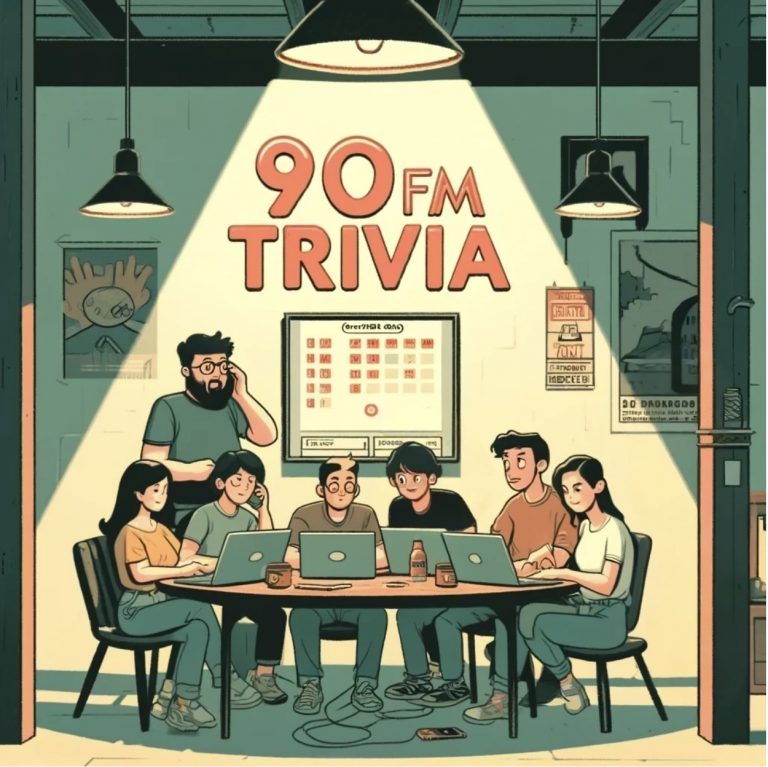From foreign-language blockbusters to indie YouTube videos, subtitling has become a hallmark of modern audiovisual media. With the growing hunger for video content around the world, there is a greater need for subtitling accuracy and speed, and that is where a cutting-edge video subtitle generator comes in.
AI subtitle tools are changing the subtitling game by making the process faster and more efficient, as well as shifting how creators and media professionals regard inclusivity, localization, and engagement with the audience.
The Global Demand for Subtitles Is Surging
Subtitles today do not serve the primary purpose of a language barrier; they also enhance comprehension, play a major role in accessibility and assist users in consuming content in mute environments.
Around 40% of Netflix’s global user base uses subtitles, with an estimated 80% reaching for them at least once a month, as highlighted in a report by SubtitleBee. This seems to stem from the changing cultural norm of multitasking.
India’s explosive YouTube market is overseen by 491 million users, followed by the United States with 253 million, showcasing the global need for accurate subtitles on different platforms.
How Subtitle Generators Function—and Their Importance
Current subtitle generators for videos use Automatic Speech Recognition (ASR) and Natural Language Processing (NLP) technologies to convert audio dialogue into text, accurately time this text and prepare it as a caption or subtitle for use in different types of media.
These tools are multilingual and can process videos in different languages, exporting subtitle files in multiple formats like SRT, VTT, ASS and STL. They are accepted by most editing platforms and streaming services. This eases the burden of time and costs spent on subtitling, which is beneficial to many producers working within tight deadlines.
The Use Case in Modern Film and Television
AI-based tools for subtitle generation are transforming the film and television production and consumption workflow.
- Indie filmmakers are leveraging the technology to get films ready for international festivals, which often have subtitle requirements.
- Streaming services are implementing subtitle automation due to the growing demand for multilingual content.
- Social media users utilize basic caption features to foster greater interaction and meet minimum accessibility requirements.
Amara’s 2024 report stated that videos on streaming services that have subtitles enjoy 12% higher viewer retention compared to those with no subtitles. This highlights the fact that subtitles do not simply serve a purpose; they improve overall user experience.
Accessibility and Inclusion: Subtitles as a Universal Need
Subtitles, for example, help people who are deaf or hard of hearing. According to the WHO, 430 million people worldwide live with some form of disabling hearing loss. But accessibility is more than just impairment:
- Students learning the language can use subtitles to read in tandem with the dialogue.
- Some viewers prefer watching muted content with subtitles while in very loud or quiet settings.
- Neurodivergent audience members tend to benefit from the additional stimulation of visual aids.
- Mobile-first users, who watch videos with the sound off, are completely dependent on subtitles to fully understand the video.
Some platforms now offer subtitle generation in more than 100 languages, allowing most users better access to previously underserved audiences.
Human Oversight: Why Editing Still Matters
Automated subtitle generators, which have improved greatly in recent years, still need some polish. Issues with accents, slang, overlapping dialogue and poor audio often lead to machine errors. This is where professional editors continue to have a place.
Many subtitle tools come with built-in collaborative editing features, allowing human reviewers to make changes to the text, suggest better word choices and change the timing. The combination of AI tools and human editors is becoming the new norm for every subtitle generation tool, especially with complex or highly sensitive content.
What is Next: Innovation in Real-Time and Multilingual Services
The development of the subtitle technology is progressing towards real-time solutions. Advancements in AI are enabling
- Captioning of events and broadcasts as they happen
- Transcription of speeches into different languages simultaneously
- Assistance to underrepresented languages and regional dialects
Their usefulness increases rapidly for live-streamed lectures, educational webinars, international news and conferences. The implementation of these integrated systems will increase ease of comprehension across borders for real-time translation. With open-source initiatives such as Common Voice and advanced ASR models, accessibility of languages is increasing.
Final Thoughts: Global Media Is Further Developed by Subtitles
Subtitles have advanced alongside AI technology and video subtitle generators that allow creators to include optional post-production features, like subtitles, into the core of the media creation and distribution process. This means that inclusion, searchability and global accessibility can be guaranteed on all levels.
It does not matter if you produce a short film, polish a YouTube channel, or edit a multilingual series; automating subtitles has become a necessity not only due to ease but also in the rapidly evolving media world marked by speed and diversity powered by subtitles accessible to all.











Start the discussion at forum.opensubtitles.com